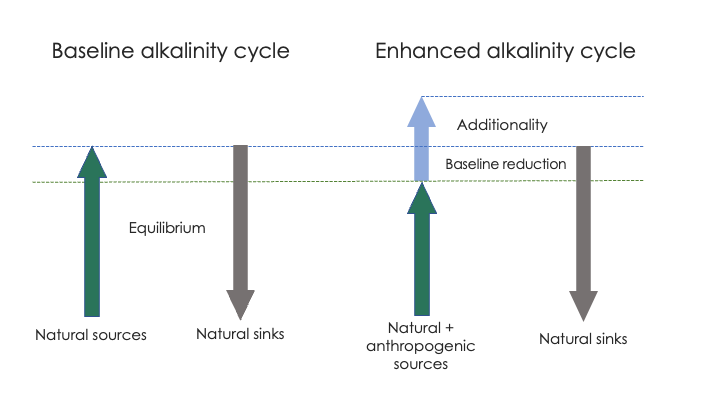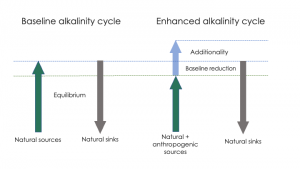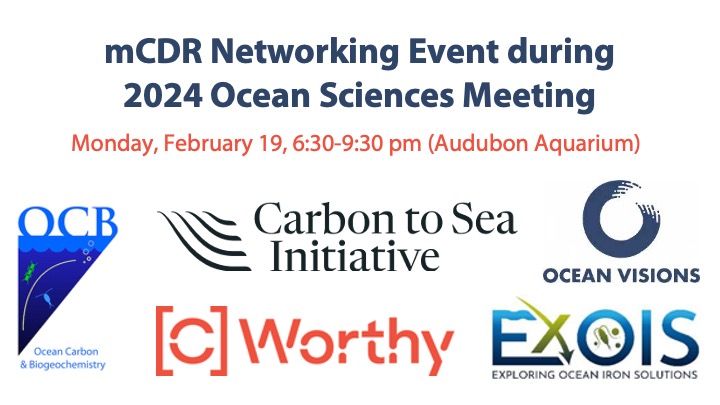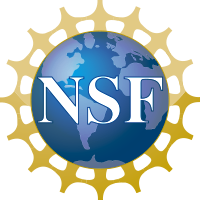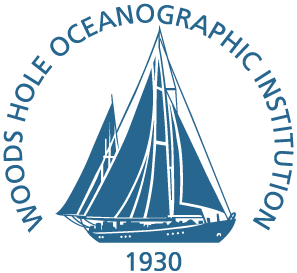The National Science Foundation, on behalf of the National Science and Technology Council Subcommittee on Ocean Science and Technology (SOST), requests input from all interested parties to inform the development of a National Ocean Biodiversity Strategy (Strategy), covering the genetic lineages, species, habitats, and ecosystems of United States (U.S.) ocean, coastal, and Great Lakes waters. Learn more and submit input by Feb. 28.

